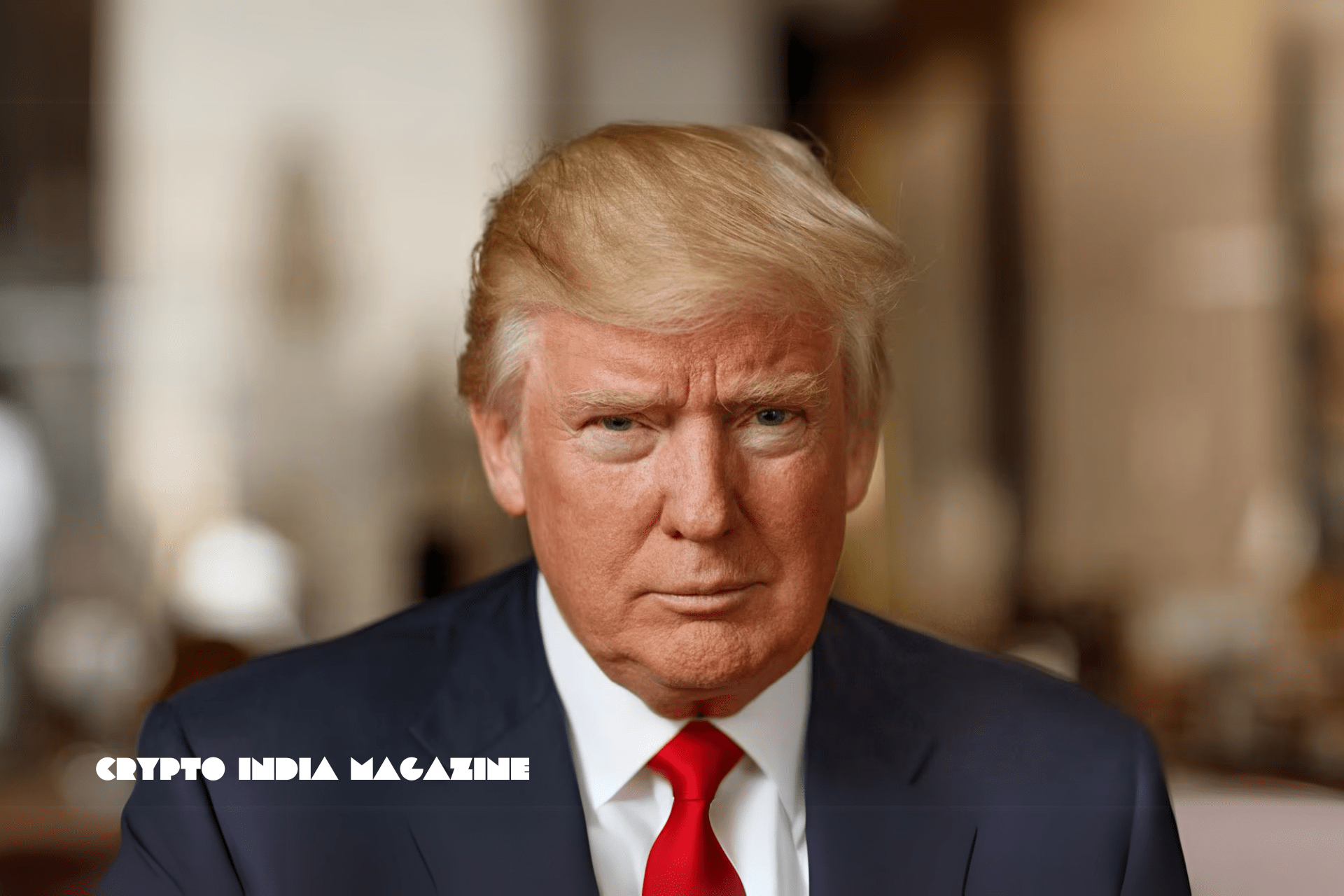The USA might not be ready to fully embrace crypto yet but that hasn’t deterred the current President from charting into the decentralised financial world in a bid to make it mainstream. Much of Trump’s claim to success and newfound fame was based on his explicit support towards crypto adoption, making user friendly regulations for founders as well as investors, and also soften the stance of regulatory watchdogs towards the industry which was a major hurdle in the previous administration.
Two Sides of USD-Backed Stablecoin
On January 23, 2025, Trump signed an order to support crypto growth, banning central bank digital currencies and promoting U.S. dollar-backed stablecoins, aiming to make the U.S. the “crypto capital.” Currently, the U.S. dollar reigns as the world’s primary reserve currency, largely because of its stability, liquidity, and in general how robust the U.S. economy is. The dollar is the go-to for situations like market irregularities or currency devaluation. This move is also signalling support towards the US dollar which means a potential forecast of strengthening the currency alongside building parallel crypto aspirations.
However, despite the high liquidity, the dollar can be volatile too and is not averse to potential price swings when the economy hits a roadblock. A universal backing of majority stablecoins by the US dollar would essentially mean similar risks for investors or HODLers. If the Fed introduces rate cuts, the investors who flock to crypto could witness revenue impact and an overall price movement akin to the fiat economy. Could there be provisions for adjusting the supply and demand of these tokens based on certain algorithms, keeping the stability intact, and also decentralize it from the mainstream economy without diminishing its value?
Policy Framework in the Making; An Example to Draw Inspiration From?
If the Cryptocurrency Working Group established by Trump is as enthusiastic as its mastermind, we could see some bold policy frameworks issued in the USA. Countries like India and the EU have been generally conservative towards their approach to crypto even though there is no outright ban. EU nations and India have a growing crypto audience and homegrown projects being built. However, high taxes and other ambiguities in terms of fostering such initiatives continue to pose challenges.
The policy framework by the USA could see a standard being created for the first time in the industry, a cue for the world to draw inspiration from or fill any gaps that need attention, based on evolving market demands. The improvement in access to fiat for crypto projects or tokens for higher liquidity could also be a game changer for attracting more people to transition to a decentralised ecosystem.
One crucial point to address would be the memecoin frenzy which has caused distress in the market time and again with influential voices directly or indirectly promoting one token or another with no underlying value which has faded into oblivion within a few days of launch. With the exceptions of a few like Shib, Doge which went on to become a whole ecosystem, starting its own foundation and building features tailored for retail and institutional investors as well as governments.
Strategic Reserves Diversification: Putting Crypto on the ‘Gold Standard’ Pedestal
The idea of creating a crypto strategic reserve with key tokens, with a history of utility, has been welcomed by many as a strategic move for asset diversification of a country’s wealth reserves. With respect to Bitcoin especially, its value as a reserve will be as significant as gold, with its limited supply and appeal as the OG crypto. It’s a bold move by a nation to officially endorse crypto assets since El Salvador, in a now reversed decision, made Bitcoin its legal tender. The sudden power shift to Bitcoin, created by the US government, can help the nation continue to dominate financial networks.
No other country has explicitly announced crypto reserves, which could delay the adoption of the same in global trades, financial transactions, etc., if it were to be tokenized anytime soon. It could provide a much needed time to sit on the appreciating Bitcoin price, potentially bringing profits to the national treasury. But it would also mean exposing citizens to the losses that tokens might suffer due to market corrections which is quite common in crypto. Alongside the same, for networks such as Ethereum, Solana, etc, it’s important to ensure continued node deployment, staking, and building high-transaction-speed open-source projects since their values will be dependent on the success and adoption of these projects’ utility.
Slow Burn or An Illusion?
Trump’s crypto initiatives mark a pivotal moment for the United States, potentially cementing its financial leadership by marrying the dollar’s stability with the promise of a decentralized future. By establishing a crypto strategic reserve and setting a policy standard, the U.S. could inspire other nations to rethink their approach to digital assets. As the Cryptocurrency Working Group forges ahead, the world watches—eager to see if this fusion of fiat and crypto can sustain both economic dominance and innovation.
Edited by CIM Editorial
🗣️ Interested in advertising with CIM? Talk to us!




